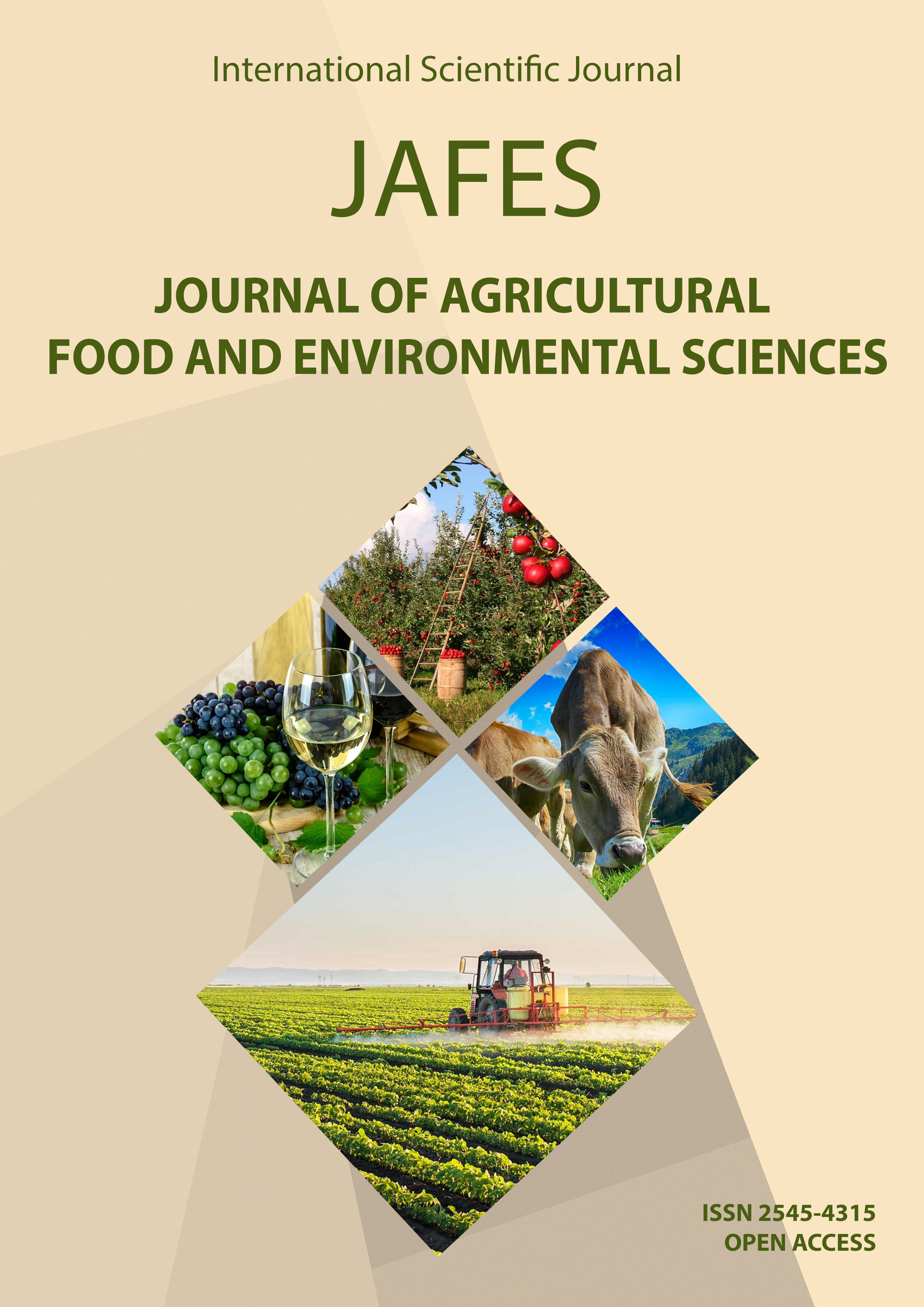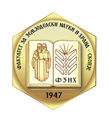TITRIMETRIC AND SPECTROPHOTOMETRIC ANALYSIS OF VITAMIN C CONTENT IN FIVE CITRUS FRUITS IN BENIN CITY, NIGERIA
Клучни зборови:
citric fruits, vitamin C, iodometriy, UV-Vis spectrophotometriy.Апстракт
Vitamins C are organic compounds which have to be obtained from the diet because of the inability to synthesise them. Vitamin C is a common household name. Vitamin C (ascorbic acid) is known for the role it plays in many physiological processes in humans. The present research determines vitamin C contents in five citrus fruits namely tangerine (C. reticulata), grape fruit (C. paradisi), orange (C. sinensis), lemon (C. limon), lime (C. aurantiifolia). The fruits were purchased from the New Benin market in Benin City, Nigeria. Vitamin C content of fresh fruit juices was determined by iodo-titrimetric (KI and KIO3) and spectrophotometric methods (potassium permanganate as a chromogenic reagent at 521 nm absorbance). The results obtained by spectrophotometric method lime had the highest vitamin C concentration (29.27 mg/100 mL) and the lowest found in lemon (13.94 mg/100 mL) as lime ˃ tangerine ˃ sweet orange ˃ grapefruit ˃ lemon. In titrimetric method sweet orange had the highest vitamin C content (49.06 mg/100 mL) and the lowest vitamin C content was found in lemon (27.46 mg/100 mL), in this order sweet orange ˃ lime ˃ tangerine ≈ grapefruit ˃ lemon. Therefore, adequate intake of these citrus fruits help in the maintenance of overall health and wellness.



